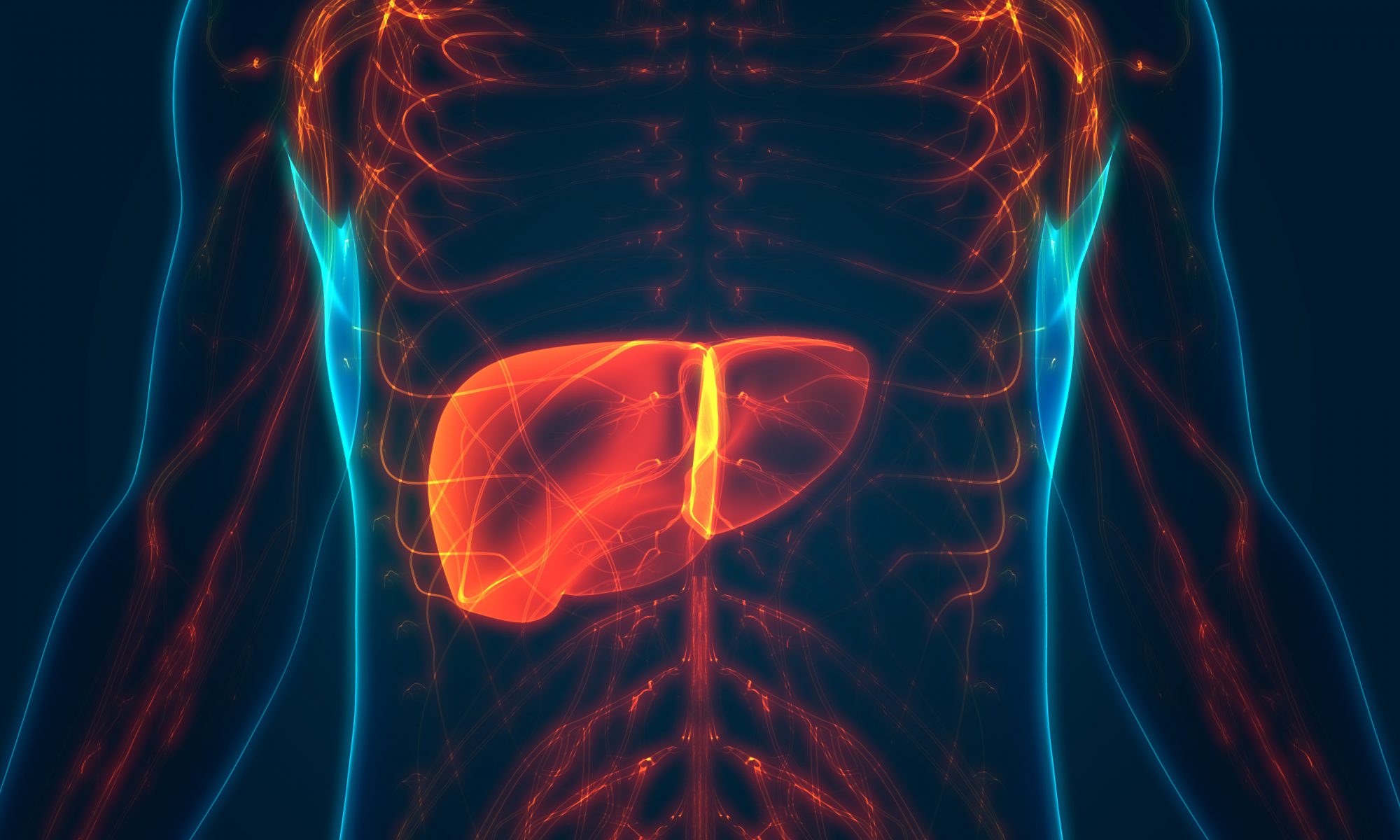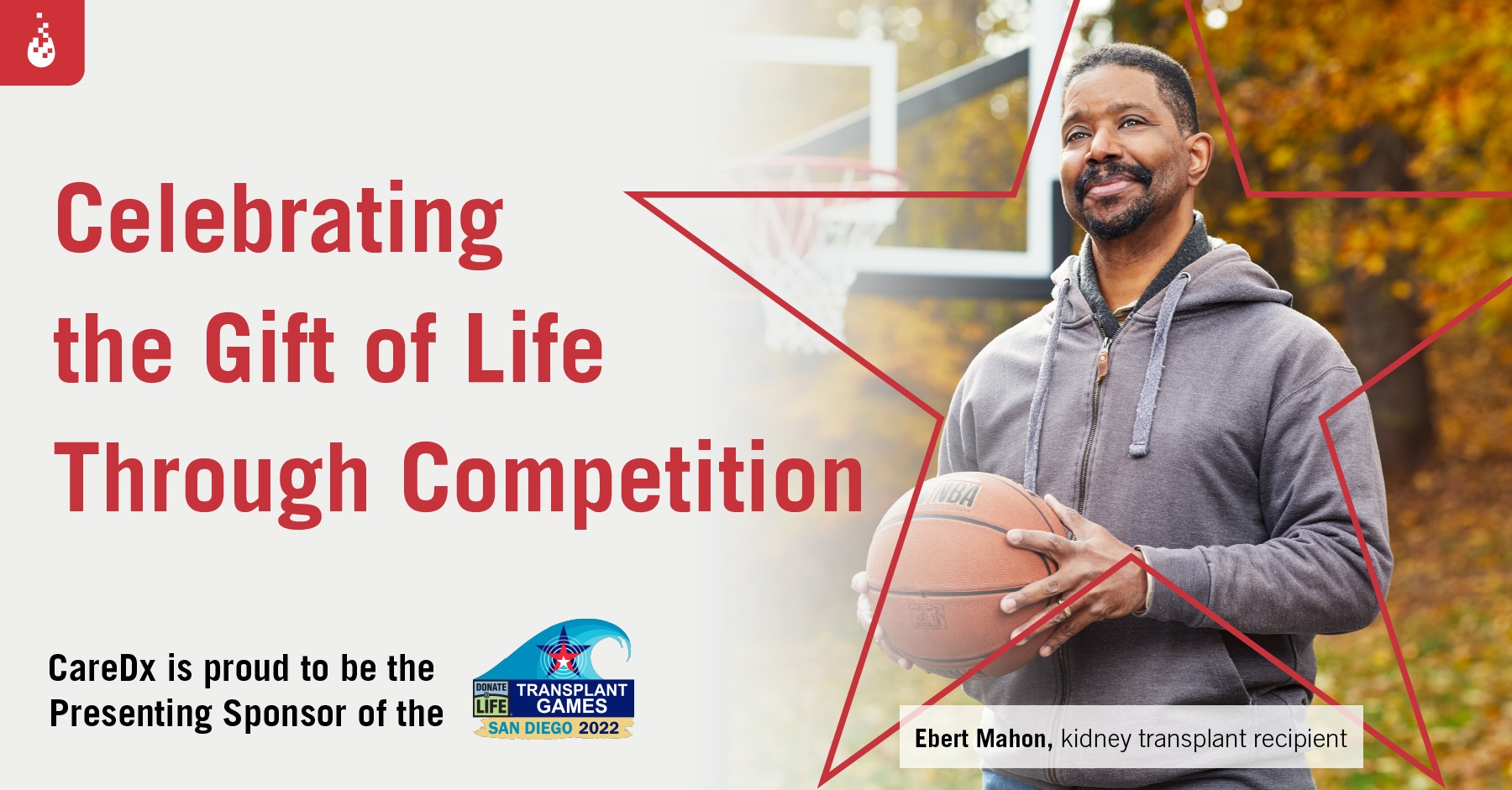Participation in cardiac rehabilitation is low among Asian, Black and Hispanic adults compared to white adults, with significant disparities by race/ethnicity regardless of income, according to new research published today in the Journal of the American Heart Association, an open access, peer-reviewed journal of the American Heart Association.
Cardiac rehabilitation programs combine physical activity with counseling about healthy living and stress reduction to help improve recovery after a major cardiovascular event, such as a heart attack, heart failure, heart surgery or angioplasty.
Read more in News Medical Life Sciences.








